18 Weird Scenes From LinuxWorld
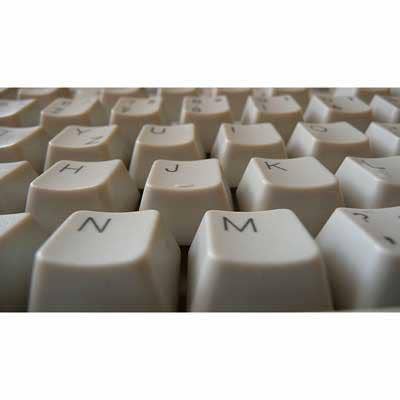
The LinuxWorld/Next Generation Data Center Show in San Francisco was expected to attract some 10,000 attendees. But some exhibiting vendors complained that attendance seemed far below that. Has Linux become so mainstream that a Linux-specific show no longer makes sense?
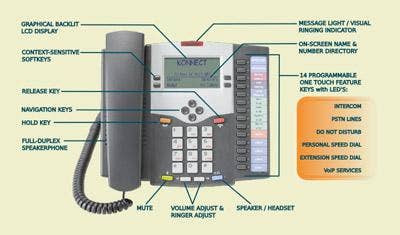
Some booths seemed to generate a lot of traffic, including this booth for Dice.com, the online job search site for IT professionals. A sign of the times, perhaps? The booth was built around a Dilbert theme, including attendants who sported Dilbert's oddly upturned tie.

Dice.com workers outfitted with this strange backpack/monitor combination handed out literature for the job search company. Can you get the Giants game on that thing? Notice the Linux penguin in the background.
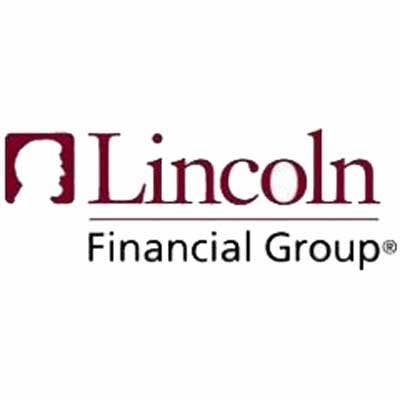
Some parts of the conference were serious, including the keynote by Kevin Clark, IT operations director at Lucasfilm, who wowed the crowd with snazzy clips of special effects and details about the data center that supports the legendary maker of "Star Wars" and other flicks.
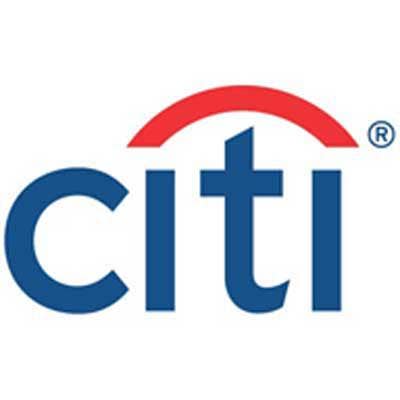
Rackable Systems managed to roll the latest version of its "Ice Cube" mobile data center onto the show floor. The unit can hold up to 2,800 independent servers and store as much as 7.1 petabytes of data. But it needs a really big extension cord.
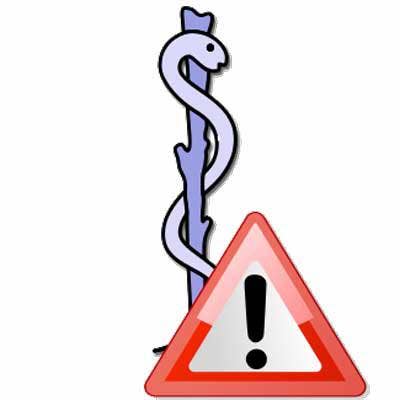
Show attendees take a tour of the Rackable Systems mobile data center.
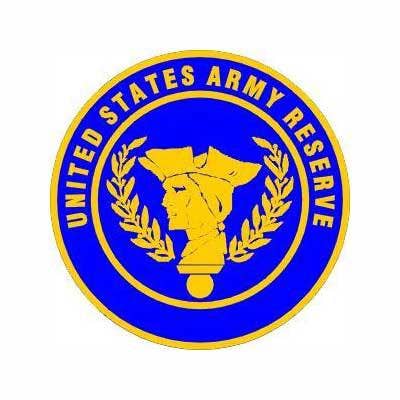
Not as big, truck-wise, was this Swiss rescue vehicle from the '70s at the booth of Untangle, a maker of open-source network gateways. The pitch: Untangle's products can, um, rescue your IT network. And that penguin in the background looks armed...
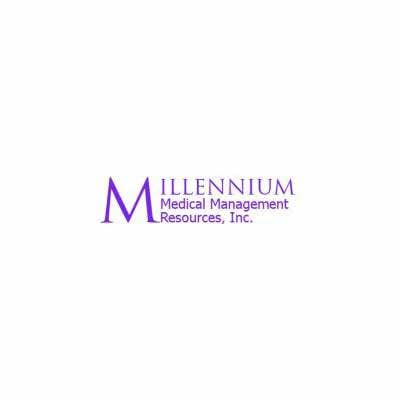
Linux may be free, open-source software, but a LinuxWorld mug will cost you $5.
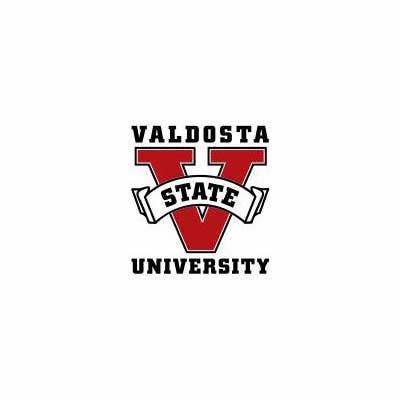
It was hard to miss this inflatable penguin at the OBM (Open Business Management) community booth. OBM develops an open-source, enterprise-class messaging, calendar and collaboration platform available under GNU General Public License.
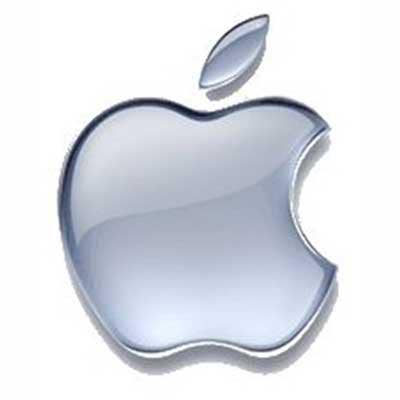
Attendees arriving at the Moscone Center where the show was held were greeted by this giant skull constructed out of obsolete computer boards, monitors, keyboards and other castoff equipment. The skull was assembled by the Alameda County Computer Resource Center that collects discarded PCs and refurbishes them for schools. The organization was one of several sponsors of the "Installfest" booth at the show where attendees volunteered time to help rebuild 600 PCs.
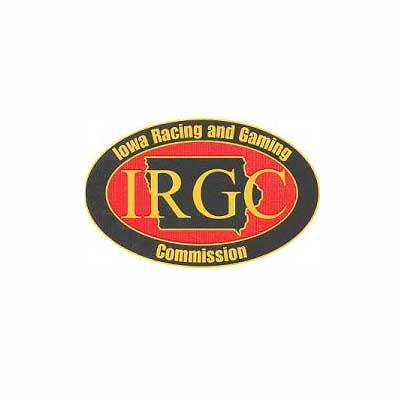
This seemingly normal 2006 Volkswagen Passat is a fully robotic vehicle that can operate without a driver. Using sensors on its roof, GPS and advanced artificial intelligence software, the car can determine its position and perceive its surroundings, day or night. It can track up to 32 obstacles simultaneously over a range of 200 meters ahead and to either side. And it can determine its position within 50 centimeters and 1/50th of a degree.
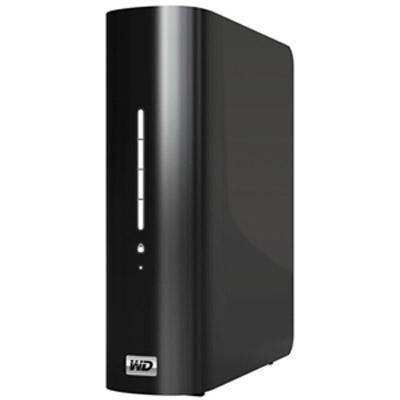
A look in the car's trunk reveals the suite of integrated, custom-coded computer modules that include a planning system for making decisions, a mapping device for transforming sensor data into environmental models, a localizer for refining the car's position from its GPS and road markings, and a controller for turning information into driving decisions.
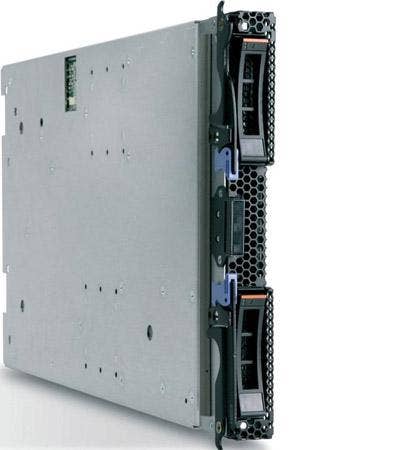
Certainly the most boisterous booth at the show belonged to Fusion IO, a maker of solid-state data storage devices. The company offered rides on a mechanical bull made up to look like a disk drive. Most, like this rider, didn't last very long.
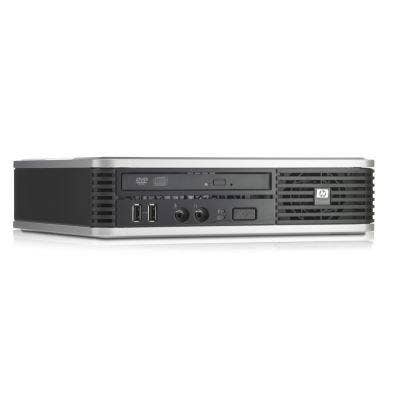
Some riders lasted a bit longer, including this woman dressed up as "Beastie, the BSD Demon," a devil-like Idol or mascot for the FreeBSD operating system.
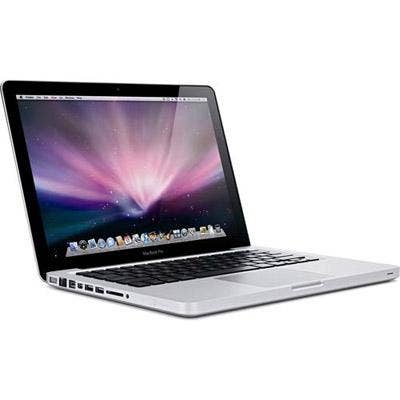
Not doing quite as well as Beastie was this guy dressed up as Firefox, the idol for the open-source Mozilla Web browser.
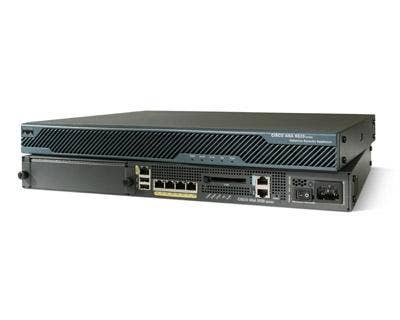
Some booths appeared to generate steady traffic, including this one for the FreeBSD project.
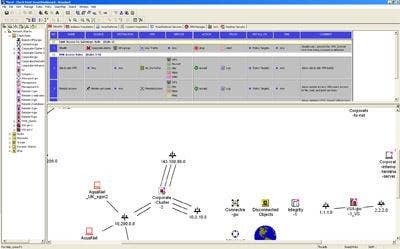
And this booth for Canonical and its Ubuntu distribution of Linux also seemed popular with show-goers. Other major Linux distributors, including Novell and Red Hat, did not exhibit at the show.
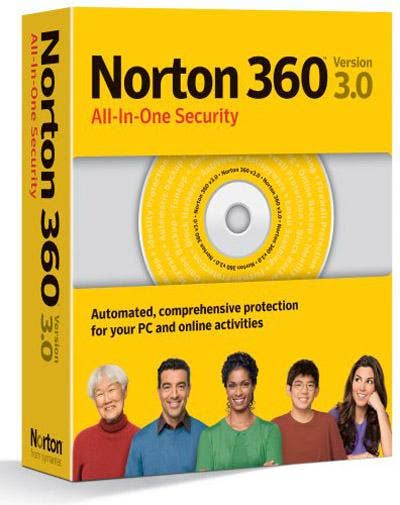
Traffic on the exhibit floor was often very light, as it was here on the morning of the third day of the show. Toward the end of the final day the announcer making a pitch at the Fusion IO booth called out: "And what do we call today? Vendor day! Where half the audience is vendors waiting to go home."